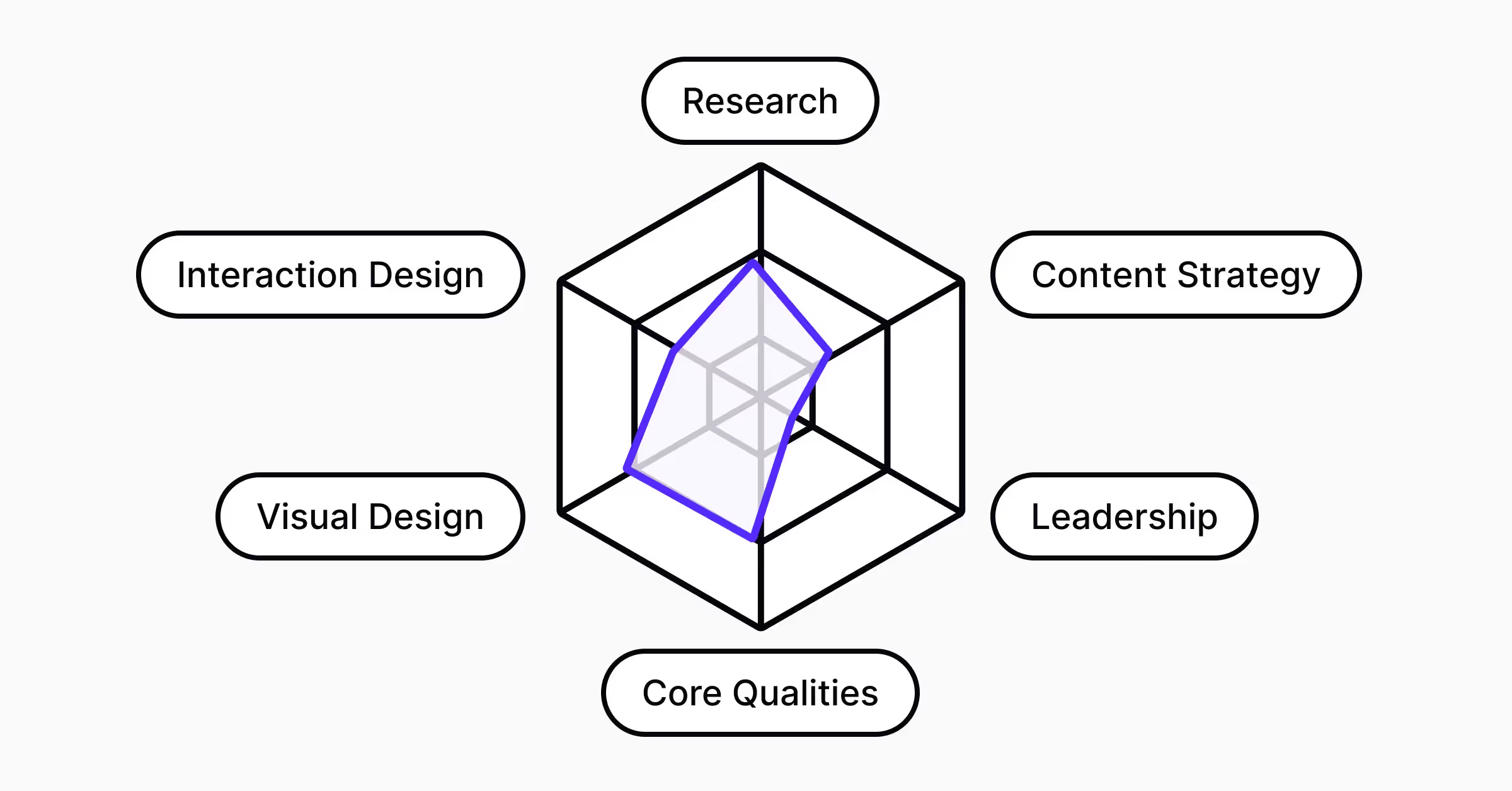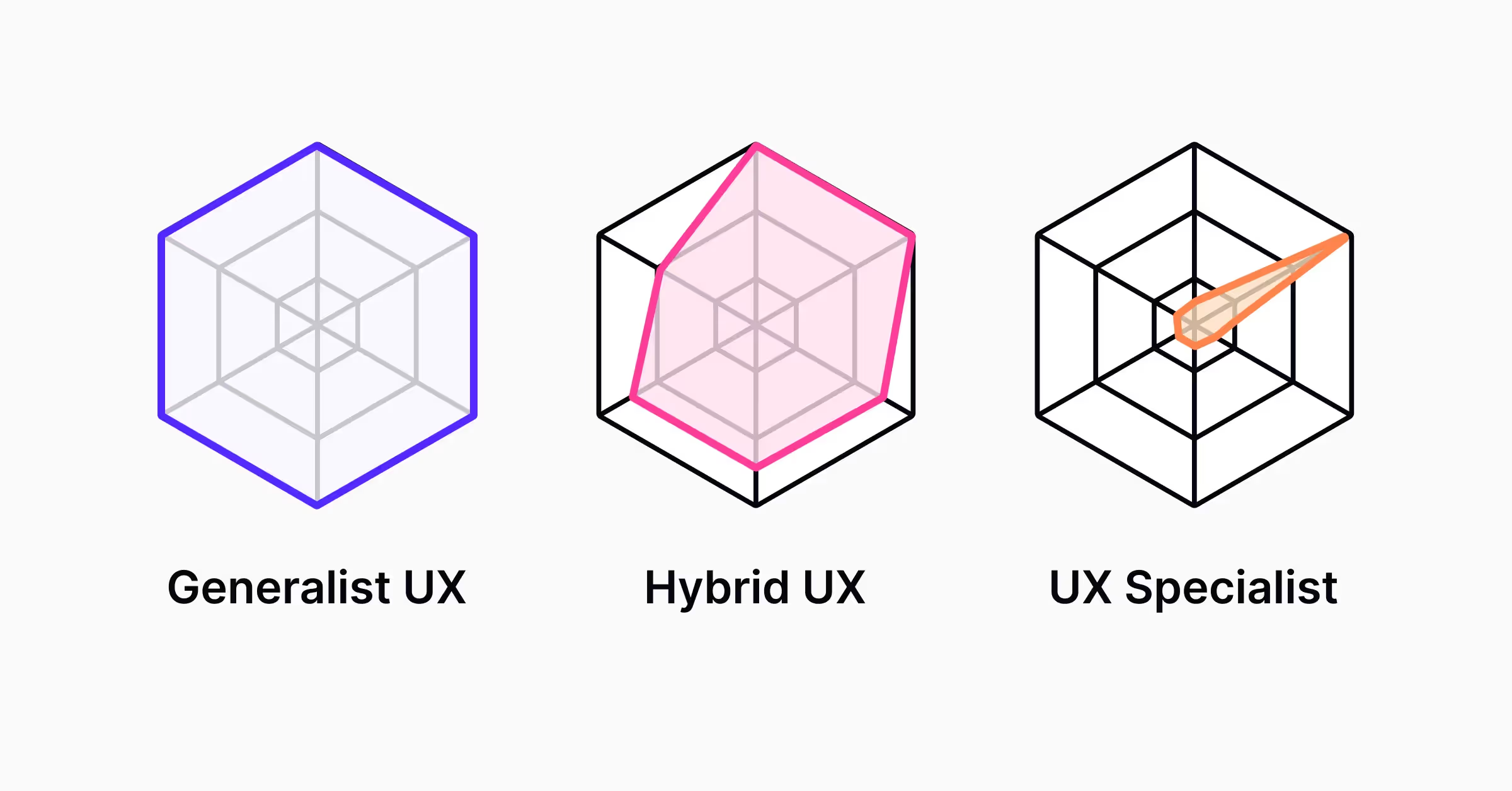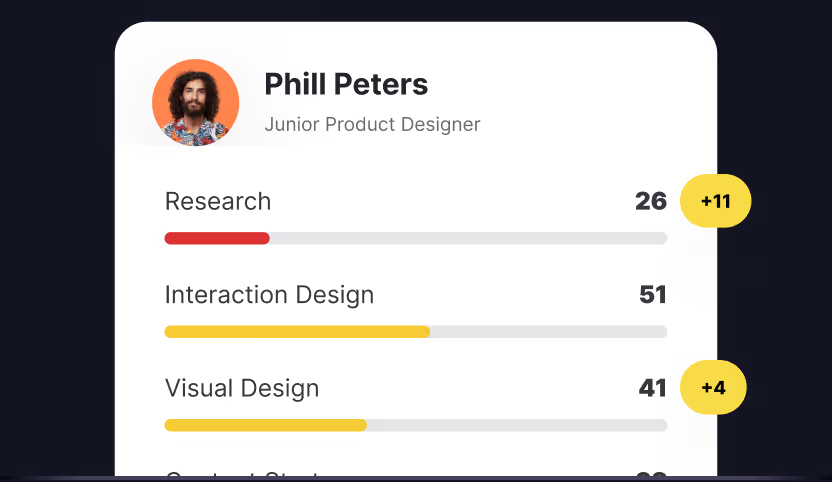
User Experience Design, also known as UX Design, is the process that design teams use to create products that hold meaningful and suitable experiences to users. The process of UX involves acquiring data while implementing aspects of branding, design, and function, with the integration of a product.
History of UX

Although the history of UX design can be traced back to 4000 BC, the term User Experience (UX) was defined in the late 1990s. A cognitive scientist named Donald Norman wrote a book called The Design of Everyday Things, which brought the term User Experience into our everyday vocabulary.
When asked why he invented the term, he stated:
"...because I thought human interface and usability were too narrow. I wanted to cover all aspects of the person’s experience with the system including industrial design graphics, the interface, the physical interaction, and the manual."
Don Norman believes that products are more than the product itself. In his own words “No product is an island... it is a cohesive, integrated set of experiences. Think through all of the stages of a product or service – from initial intentions through final reflections, from first usage to help, service, and maintenance. Make them all work together seamlessly.”
Eventually, Norman went on to become the Vice President of Apple Computer’s Advanced Technology Group. He later joined Hewlett-Packard, and in 1998, he formed the Nielsen Norman Group.
UX Design Skill Categories
To be an effective UX professional, there are six specific skills necessary. Although these skills do not all need to be mastered by every UX professional, typically at least one skill is mastered. These six skills were outlined and defined by Peter Boersma, an expert who has attempted to help the world better understand the concept of UX.

1. Research
UX professionals must be able to research and look at data, while the individual must be able to look at data objectively while harmonizing the data with different user behaviors. These user researchers must put into place specific testing protocols. The testing must continue to occur so that all the data is relevant to the product.
2. Usability
An individual working in the world of user experience (UX) design must be able to understand how people use products, platforms, devices, or software systems. It does not matter if the user needs to click on a link, press a button, or swipe the screen, usability is incredibly important. Usability determines whether or not the product will be a success, and whether or not the user has a good enough experience to continue using the product.
3. Information Architecture
When a user is looking for a product or service, they don't want it to be so difficult that they can't easily comprehend it. Every user should be able to use any product with ease. There should not be a required book to read before using a product or software. Instead, the necessary information should be easy to find, even if only skimming through.
This element is regarding anything that the user will physically interact with. It might include animations, links that are clickable, or effects that change when hovered over. An interaction designer needs to know how to make the interactions simple and exciting, without being too extensive or data-heavy. The user should be drawn to interact with the interaction designs.
Colors, shapes, space and other elements of design should be used in any design to make the environment appealing. The environment of any product or service should match the theme and should increase enjoyment for the user.
UX designers might use different color combinations and visual effects to draw users in. Although this might seem more like the job of a UI designer, UX does combine some elements of UI design. The difference is that UX designers are looking into how the color scheme influences the user based on data or metrics, rather than just the look of it all. Designers need to understand well the color psychology in branding.
6. Content
Content needs to keep the user interested and entertained. The content should also educate the user in some form. Whether that is on the product, or in another form. UX designers always keep in mind the target audience, and how to keep them involved with the product as long as possible.
Variations of UX Professionals

Most UX professionals will fit into one of these three variation types:
1. Generalist UX
This is a term for UX professionals that provide all aspects of the UX experience. They generally offer experience in all six of the listed UX skill categories.
2. User Experience Specialist
When a UX professional offers expertise in at least one of the six user experience disciplines they are considered a specialist in that category.
3. Hybrid UX
Some experts are a mix between generalists and specialists. These UX designers are referred to as a hybrid UX. Although they may have a general knowledge of all six disciplines, they specifically have mastered one or two of them. Most UX professionals are considered hybrid UX designers.
Before applying for UX design jobs, assess your UX skills to have a better understanding of your strengths and areas that you need to improve.
Applications For UX Design
Known as being primarily used in the tech industry, there are many aspects to UX design, and many applications for it as well.
1. Website, App & Software Design
The internet and smartphones are used every day in our society. This means that the usability of a mobile app, a website, or will determine whether or not the product will have success. In this category, UX designers work alongside user interface (UI) designers. They ensure that the experience goes smoothly and is pleasurable. Each online journey is one that has been designed by a UX professional.

Although the terms UX and UI design are often grouped together, they are very different. Learn more about the difference between UX and UI.
2. Voice Design
These interfaces focus on voice searches, dictation, and products such as Amazon Alexa, Siri or Google Assistant. They must be user friendly, and simple to use regardless of age.
3. Service Design
Although we often think of UX design in regards to an actual product or a digital product, it can also be applied to services or experiences. Service design is an activity of planning people. It can be the different aspects of a service, in order to make the end service more pleasurable for the participants. Staying in a hotel, taking a subway, or even purchasing a coffee is a result of service design methodology that is often used in UX design.
UX is All About The User
UX professionals focus on creating a positive user-centered design so that the overall user experience is meaningful to them. The UX design process actually encompasses the whole user journey, including usability testing, design decisions, visual design, and even elements of psychology.
User-centered design cycle:
- Understanding the context of when the product or service will be used.
- Specifying user requirements.
- Designing actual solutions.
- Evaluating against requirements.
- (Repeat)

Although UX design can be implemented for almost any product or service, when you are looking into designing software, mobile applications, or product design, you have to consider accessibility and physical limitations. This might include those who are deaf or hard of hearing, individuals who cannot read small fonts, or see certain colors.
Common UX tasks might include:
- User research
- Creating personas
- Prototypes
- Designing wireframes
Although these tasks vary from one company to the next, the primary task will always be to keep the user’s needs in the center of all design processes. All issues need to be reviewed in order for the product to be received well by the user.
Take UX designer training to fill the gaps in your knowledge, verify your UX design skills, and enrich your UX design portfolio by completing Uxcel's challenges.
Example: The iPhone
One example of an incredible product that has demonstrated incredible user experience is the iPhone. This phone has been designed fully with the user in mind. Every aspect of the iPhone from purchase, to troubleshooting, has been streamlined by Apple.
The UX designers of the iPhone took into account the enjoyment of using the phone, as well as whether or not it is efficient (fast and useful for work), but also fun (providing games and social media).
Good user experience means that the user’s needs are met whenever they use the product, which is exactly what is reflected with the iPhone.
Why, What, How
Every UX designer needs to consider the “why”, “what”, and “how” of the product or service they are working on. All of these aspects come together so that the user’s experience is meaningful and seamless.

The "Why" involves examining the motivations of the user. You will need to understand if the user chose the product because of the values and views attached to the product.
- Why did the user choose to use a product?
- Why did the user choose to perform tasks with the product?
The "What" addresses the things that people can do with this product and the functionality of it.
- What do people do with this product?
- What are its features?
The "How" relates to the accessibility of the product.
- How accessible is the product?
- How visually pleasing is the product?
Why The World Needs UX Design
Not only do users benefit from UX design, but businesses and brands behind the experience benefit as well. The better the usability of a product is, the more revenue it will create. UX design affects all aspects of modern life.
UX considers how to bring value to the user through research and development. Without it, participating in services, using a product, or performing tasks would be frustrating and our lives would not be as classically smooth as they have come to be.
With online design courses like Uxcel, UX design bootcamps, workshops, and other design-oriented events, anyone can learn UX design to help shape the future of their business or projects.




